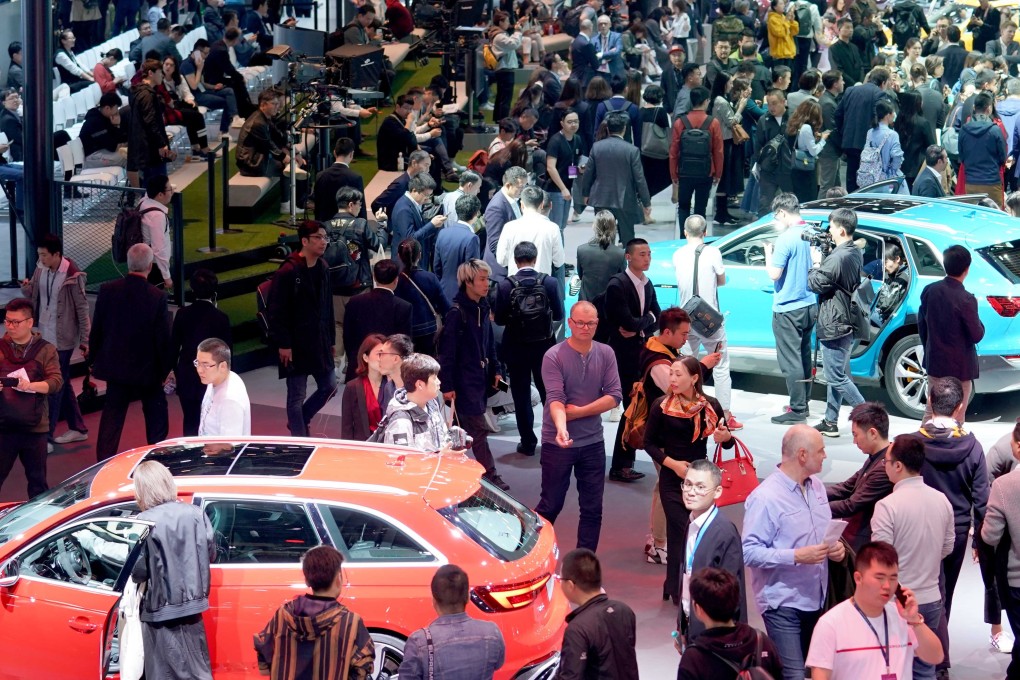What kind of stimulus do China’s half-idle car assemblies need to restart stalled sales in the world’s largest vehicle market?
- China has the installed capacity to produce 64 million vehicles a year, more than double the cars, trucks and vans sold in 2018 in the world’s largest automotive market
- One in six of the country’s 800 million-strong workforce is employed in an industry directly or indirectly related to the automotive industry

Word got around last week – while the Auto Shanghai 2019 trade show was in full swing – that China’s economic planning agency was mulling an easier process for drivers to obtain licences in the world’s largest vehicle market.
The speculation sent the share prices of carmakers soaring, on hopes that the liberalised procedure would spur drivers to become owners, help clear out showrooms and stem nine consecutive months of declining sales. At least three automotive stocks jumped by their 10 per cent daily limit.
The jubilation underscored the lingering concern in China that three decades of profligate investment had flooded the country with enough assemblies and factories to turn out 64 million cars a year, more than double what was actually sold in 2018. The automotive industry, operating at 43 per cent of capacity, is a ticking time bomb with the potential to hurt one in every six of China’s workforce if it blows up, according to observers.
“The most severe challenge facing China’s auto industry is not consumer demand, but the supply side,” said Paul Gong, a UBS analyst. “As every carmaker expands production capacity at a faster pace than demand, the fiercer competition will eventually affect the business and eat into the profit margin.”
For three decades, carmakers and policymakers didn’t give excess capacity a second thought as the Chinese economy expanded at an average annual clip of 9.5 per cent. A middle class had sprouted where a classless proletariat once stood, bringing along with it such affectations as owners who would upgrade to a new car model every six years on average.
That was a boon for the world’s vehicle manufacturers, as 1.4 billion Chinese consumers held the growth potential to offset saturated markets in North America, Europe and Japan. Every major carmaker from Motown to Wolfsburg and Nagoya made a beeline for China, typically investing US$2 billion with a local partner to open a factory and establish a distribution network.